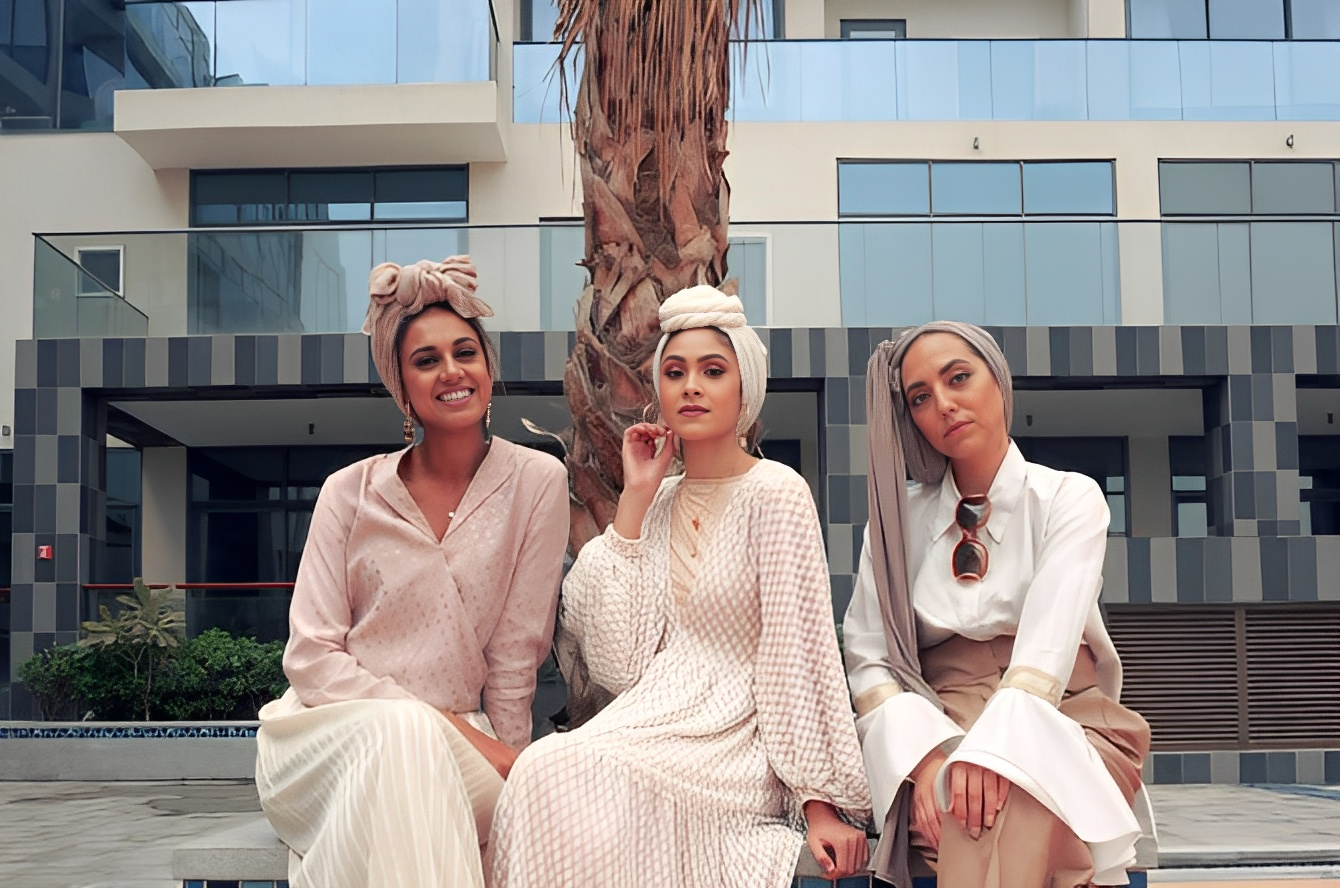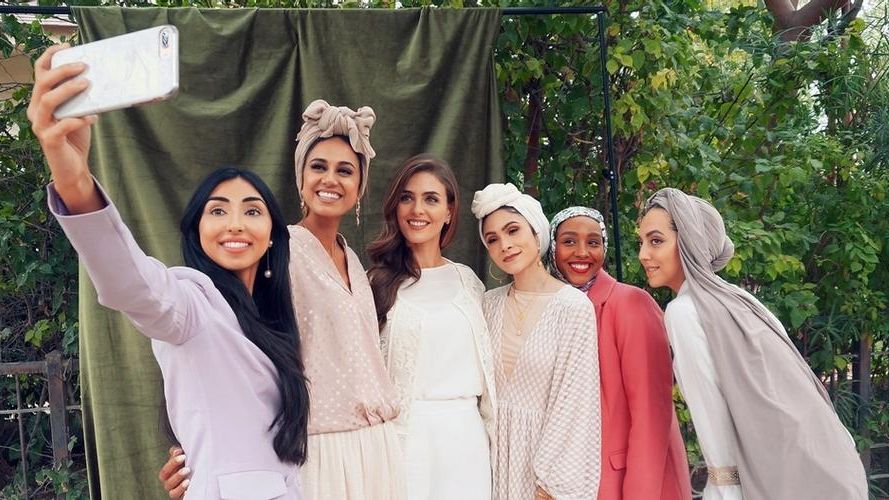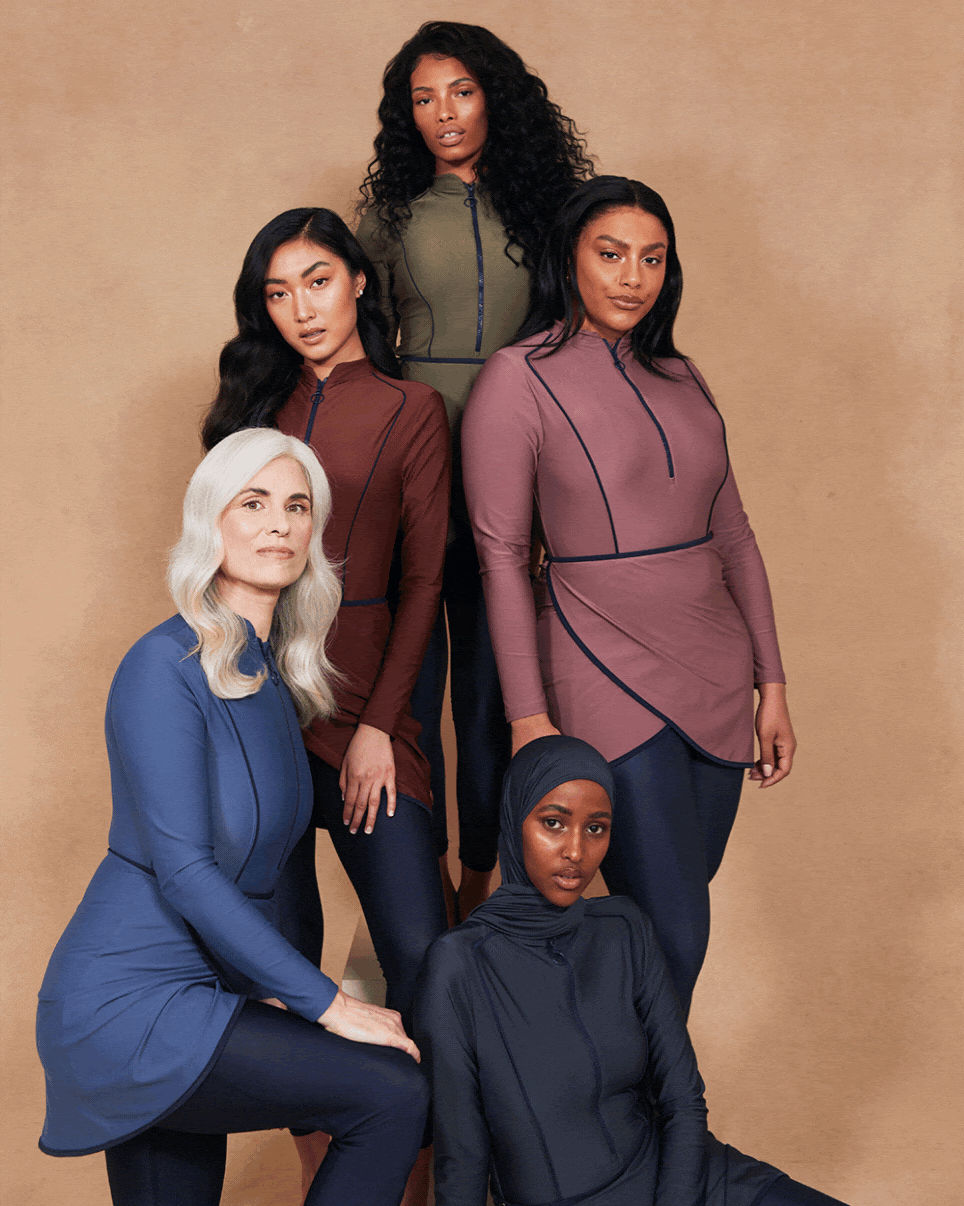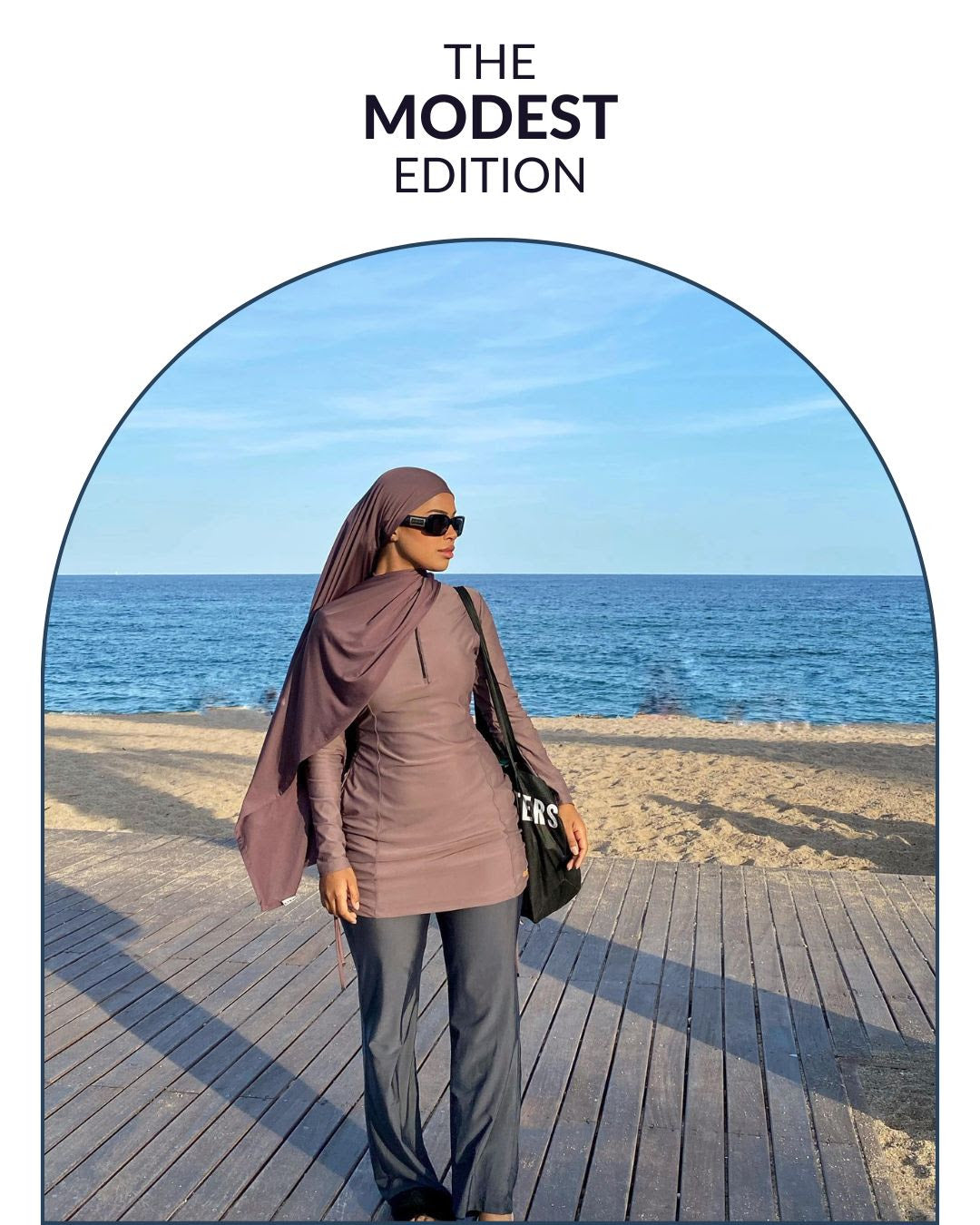
Modesty By Choice
In her new book, Once in a Lifetime, Muslim feminist scholar Amina Wadud writes that she is celebrating 50 years of her conversion to Islam this year. She calls it her 50 years of being a “Muslim by choice”, and her usage of this phrase really resonated with me.
As a Muslim woman now in my 30s, I practice modesty by choice.
Like many other Muslim girls, I had a relatively modest dress code while growing up in my parents’ house, but when I moved out, I had the freedom to dress how I wanted to.
Modesty is something I continued to implement in my wardrobe, and I enjoy putting together outfits every morning inspired by layering trends and layering techniques that I bookmark on Instagram.
Many assume that modesty, especially when practiced by women of faith, is a solely religious principle – that we cover our skin for religious reasons only. But I know that isn’t always the case. While writing my book, Modesty: A Fashion Paradox, I found that women cover up for numerous reasons.

Pictured Sameera Hussain, Saira Arshad, Maha Gorton, Nabilah Kariem, Rihab Nubi & Safiya Abdallah, shot by Kochkarova Tamila for Modesty: A Fashion Paradox (Neem Tree Press)
Religion certainly isn’t the sole motivator behind my own passion for modest fashion – there are many influencing factors behind my decision to conceal, rather than reveal my skin. Culturally, it’s a part of my Pakistani customs. Politically, while I don’t wear hijab, I try to outwardly identify as a believing Muslim woman in a post-colonial, at-times Islamophobic, Western world. From a fashion perspective, I believe modesty can be incredibly chic. And from a feminist framework, I find it empowering to reject societal ideas that link a woman’s beauty to the amount of skin she puts on display.
|
Choosing to wear burkini tunics at pools and beaches is one of the manifestations of my preference for modest fashion.
Besides protecting me from pesky sunburns, swimsuits with more coverage make me feel comfortable and confident – especially when they’re stylish, a winning combination thanks to the modest swimwear movement pioneered by LYRA. |
This element of autonomy is largely left out of the mainstream, Western narrative when it comes to modesty. Whether it’s practiced for religious, cultural, feminist, political or personal reasons, modesty is painted with a single stroke as “oppressive” by those in the West who seek to “liberate” Muslim women of their modesty.
|
It’s ironic and hypocritical, given the fact that modesty has inspired mainstream Western fashion trends over the past half-decade, with maxi lengths, layers, bandanas and even balaclavas trending across high-end and high-street stores.
|
While compulsory veiling is an issue in places like Iran and Afghanistan, bans against veiling in the West are equally problematic! But even while France bans burkinis and Switzerland introduces fines for niqabs, in the mainstream Western narrative, it’s as if female autonomy and “choice” only matter when hot-topic issues like consensual sex, abortions, and de-veiling are involved – not when a woman wants to cover her skin and hair. |
The diverse and empowering ideals behind choosing to dress modestly have yet to be understood by “white feminism” – a brand of activism that stamps its own, colonial agenda onto its messages and seeks to “liberate” Muslim women of their modesty. Entire wars have been justified by propaganda seeking to save these women from their niqabs and hijabs. Meanwhile, a blind eye is turned when those very women and their families suffer from foreign invasions |
Did anyone ask those women if they even wanted to shed their conservative clothing? What about their freedom of choice?

This article is written by Hafsa Lodi, the author of Modesty: A Fashion Paradox, a book that explores the modest fashion movement from political, cultural, religious, and feminist lenses. LYRAladies, make sure you check it out!




Leave a comment
This site is protected by reCAPTCHA and the Google Privacy Policy and Terms of Service apply.